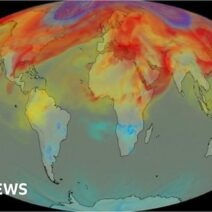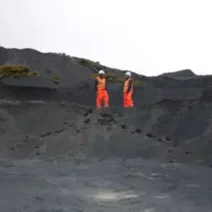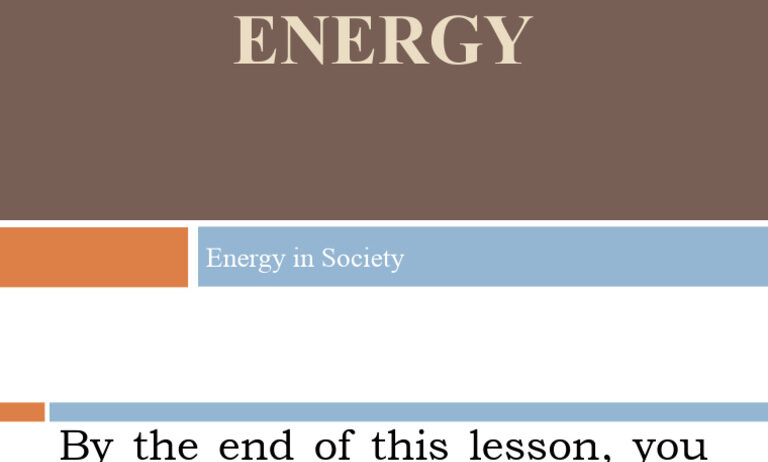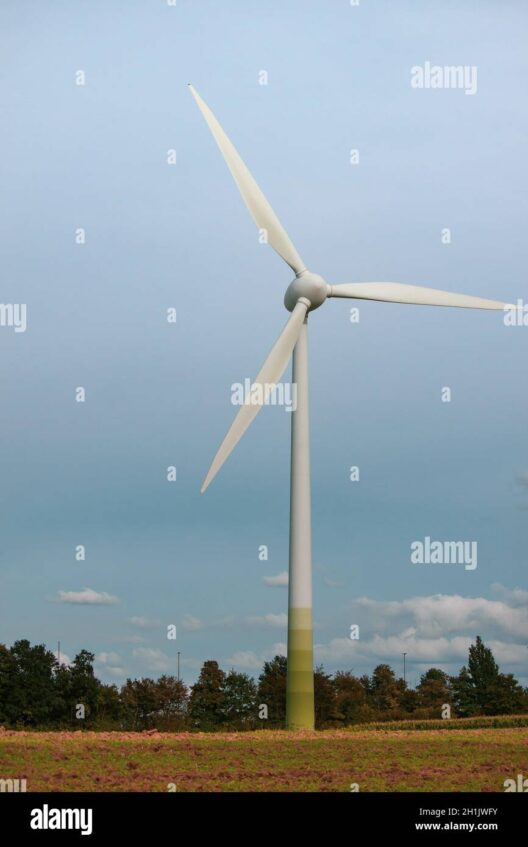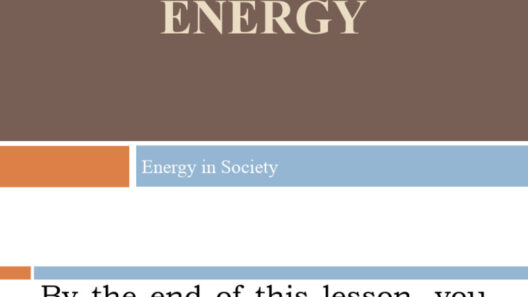The Law of Conservation of Energy and Mass: An Inextricable Link
The law of conservation of energy and mass stands as a pillar of classical physics, encapsulating a profound principle that has far-reaching implications across various domains of science. This fundamental law posits that energy and mass cannot be created or destroyed; rather, they transform from one form to another, continuing an eternal cycle of change. Understanding this principle not only sheds light on the mechanisms governing physical processes but also underscores critical themes in environmental science and sustainability.
The foundational precepts of this law are synthesized in the expression E=mc², famously articulated by Albert Einstein. This equation deftly intertwines mass (m) with energy (E), establishing that mass can be converted into energy and vice versa. Such a notion is not merely theoretical but fundamentally influences our comprehension of nuclear reactions, chemical processes, and the operation of ecosystems.
Recognizing the interconnected nature of energy and mass is essential to addressing pressing environmental concerns, such as climate change, resource depletion, and sustainable practices. By grasping this relationship, we can begin to navigate the complex interplay between human activity and the natural world, ensuring a harmonious balance for future generations.
The Foundations of The Law of Conservation
At its core, the law of conservation integrates two primary tenets: the conservation of mass and the conservation of energy. Together, these concepts reveal an underlying symmetry in the universe that transcends mere numbers.
The conservation of mass asserts that in any chemical reaction, the total mass of reactants equals the total mass of products. This principle has been substantiated through meticulous experimentation, ensuring that no matter undergoes a loss or gain in mass. For instance, consider the combustion of carbon-based fuels. Despite the transformation of substances — from solid coal to gaseous carbon dioxide — the overall mass remains constant before and after the reaction.
In parallel, the conservation of energy elucidates that energy cannot spontaneously appear or vanish. Instead, it shifts from one form to another: kinetic energy transforms to potential energy and vice versa in a ceaseless cycle of movement. Fossil fuels demonstrate this transformation vividly. When combusted, the stored chemical energy is converted into thermal energy, which can then be harnessed for work or transformed into electrical energy. This intricate dance of energy conversion has become paramount in energy production and consumption assessments, provoking discourse among environmental advocates focused on minimizing emissions and harnessing renewable energy sources.
The Duality of Energy and Mass: A Unified Perspective
As our understanding of energy and mass evolves, it becomes increasingly evident that the two are inexorably linked. In practical scenarios, this duality has noteworthy implications. A compelling instance can be drawn from nuclear fission, where atoms split to release tremendous energy, overshadowing traditional chemical reactions in terms of energy output. Here, a minuscule amount of mass yields a prodigious quantity of energy, illuminating the potential for nuclear power generation. This phenomenon exemplifies how the interconnectedness of energy and mass can yield both beneficial applications and profound ethical dilemmas regarding safety and waste management.
Moreover, the relationship between energy and mass complicates discussions surrounding ecological sustainability. For instance, biomass energy, derived from organic materials, epitomizes the transformation of mass back into a usable energy form. This circular transformation not only underscores the conservation laws but also opens alternative pathways for reducing reliance on fossil fuels. By utilizing waste materials and renewable resources, societies may not only alleviate some environmental burdens but also create a more sustainable energy future. Nonetheless, careful consideration must be given to resource management to ensure that these technologies do not lead to other unintended consequences.
Efficiency and the Conservation Paradigm
At the intersection of energy use and environmental responsibility lies an enduring commitment to efficiency and conservation. The law of conservation beckons this paradigm, providing a foundation for practices such as energy efficiency, waste minimization, and resource recovery. Industries and consumers alike must strive to optimize their energy use and minimize mass loss, fostering a culture of sustainability that aligns with ecological principles.
Efficiency embodies the transformation of energy and mass into useful outputs with minimal waste. This approach not only conserves resources but also mitigates adverse environmental impacts, echoing the essence of the conservation law. Adopting energy-efficient technologies — such as LED lighting, high-efficiency appliances, and improved industrial processes — emerges as a compelling solution to the energy crisis while reducing greenhouse gas emissions, thereby illustrating the practical significance of the conservation principle.
Looking Ahead: The Future of Energy and Mass Conservation
As humanity stands on the precipice of profound ecological challenges, the enduring principles of the law of conservation offer a roadmap toward sustainable progress. The need for renewable energy sources, coupled with responsible waste management strategies, signals a turning point in our relationship with nature. By understanding and embracing the intricacies of energy and mass conservation, societies can wield these principles to foster not only a balanced environment but also an equitable future for all beings on Earth.
In conclusion, the law of conservation of energy and mass is not merely an academic concept but rather a crucial element of environmental discourse. By acknowledging the interconnectedness of energy and mass, we can deepen our understanding of ecological systems and pave the way for a sustainable and resilient tomorrow.
